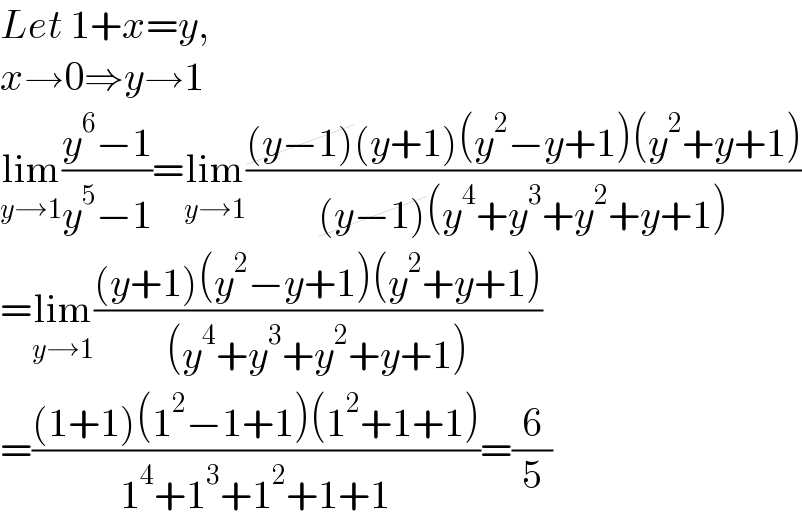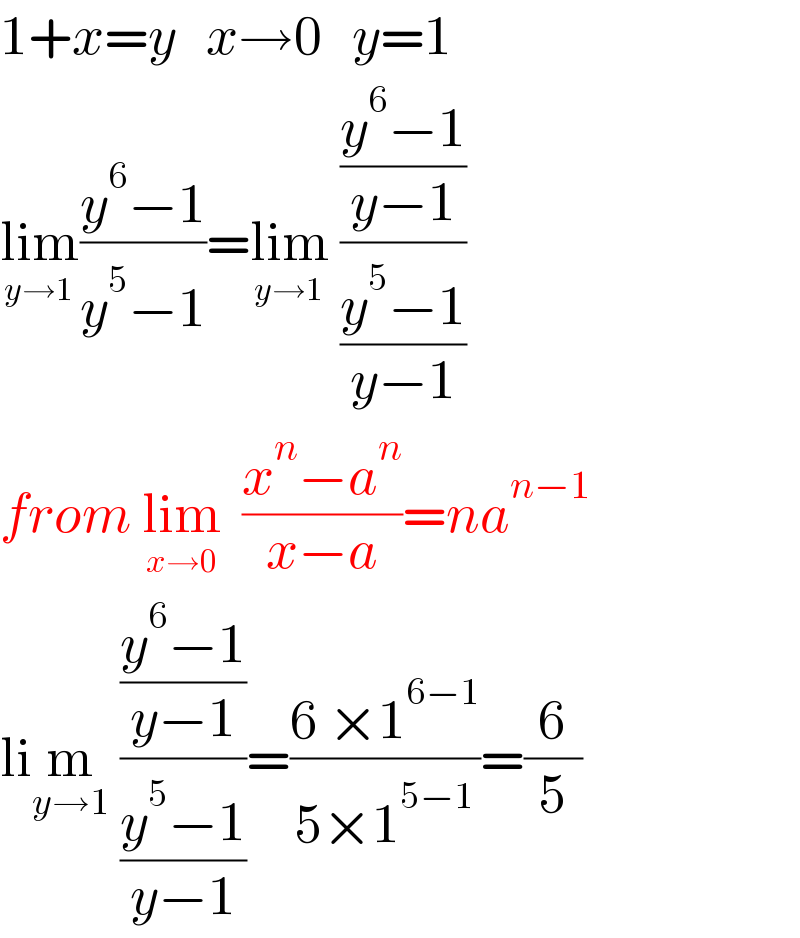
Question and Answers Forum
Question Number 184790 by Spillover last updated on 11/Jan/23

Commented by MJS_new last updated on 11/Jan/23

Commented by Spillover last updated on 11/Jan/23

Answered by Rasheed.Sindhi last updated on 12/Jan/23

Answered by Spillover last updated on 12/Jan/23

